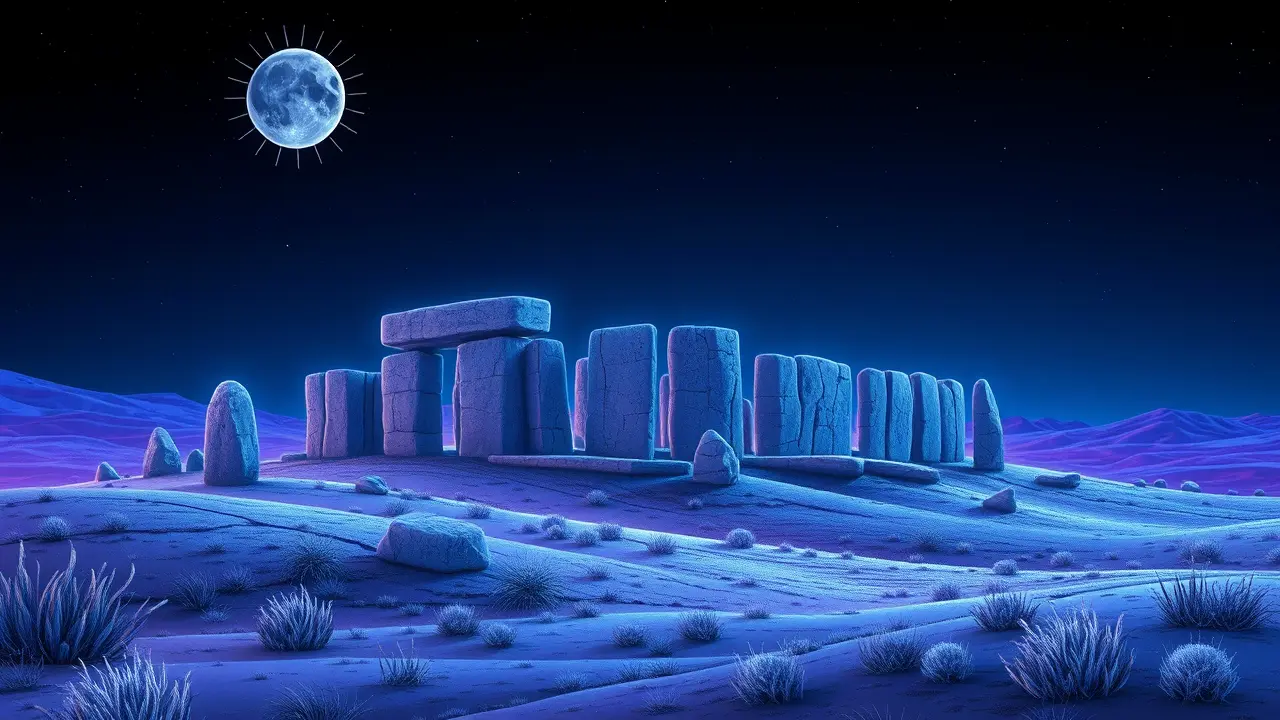
SciencearchaeologyAncient Civilizations
5,500-year-old site in Jordan reveals a lost civilization’s secrets
RA
Rachel Adams
6 hours ago7 min read10 comments
The stark transformation of Jordan's Murayghat landscape around 3500 BCE represents one of archaeology's most profound testaments to human resilience in the face of environmental collapse. When the established Chalcolithic culture, with its settled agricultural villages and domestic rhythms, disintegrated under the dual pressures of climatic shifts and societal fragmentation, the people of this region did not simply vanish or regress.Instead, they embarked on a monumental pivot, channeling their collective energy and resources away from building homes for the living and toward erecting vast ritual landscapes for the ancestors and the cosmos. The rolling hills became a canvas for their spiritual response, dotted with enigmatic dolmens—massive stone tables that marked collective burials—standing stones that perhaps charted celestial events, and other megalithic structures whose full ceremonial purpose we are only beginning to decipher.Researchers from the University of Copenhagen interpret this shift not as a sign of cultural impoverishment but as a creative, communal strategy to forge a new social cohesion. In a world where traditional farming and social structures were failing, the very act of quarrying, transporting, and erecting these immense stones would have required unprecedented cooperation, binding scattered communities together through shared labor and a renewed, collective spiritual identity.This phenomenon echoes patterns observed in other periods of severe stress, where societies often invest heavily in symbolic and religious architecture to assert control over a seemingly chaotic world, much like the cathedral-building eras of medieval Europe following periods of plague and social upheaval. The secrets now being unearthed at Murayghat challenge the simplistic narrative of collapse and dark ages, revealing instead a sophisticated societal adaptation. It forces us to consider that what we might initially classify as a regression could, in fact, be a brilliant reorientation of cultural priorities—a turn from the material to the metaphysical, from individual survival to the creation of a legacy in stone that would endure for millennia, speaking to us across the ages about the enduring human need to find meaning and connection when the world we know falls apart.
#featured
#archaeology
#Jordan
#Murayghat
#dolmens
#megalithic monuments
#Chalcolithic
#climate change
Stay Informed. Act Smarter.
Get weekly highlights, major headlines, and expert insights — then put your knowledge to work in our live prediction markets.
© 2025 Outpoll Service LTD. All rights reserved.